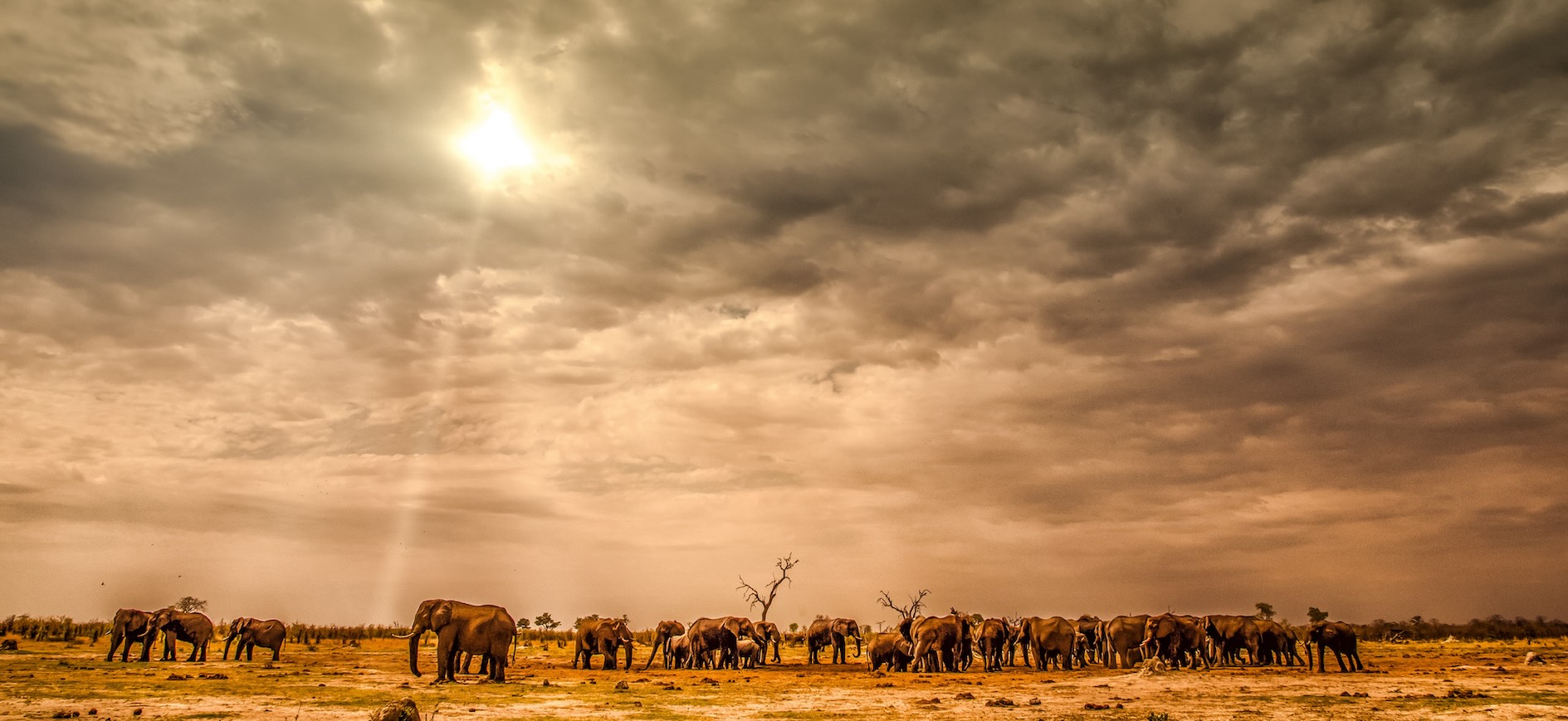
Defending
the frontlines
of conservation

OUR STORY
Conservation Law Enforcement is one of the most dangerous jobs in the world, with more than 2,000 Rangers killed over the last 15 years. We entrust Rangers with safeguarding the wild spaces of our planet, and in so doing we have a duty of care to ensure that they are protected in turn.
In many cases semi-automatic rifles have been deemed inappropriate, and shotguns have proven inadequate. The Ranger Rifle was created to address this need, and meet the specific requirements of protecting those that protect our natural heritage.
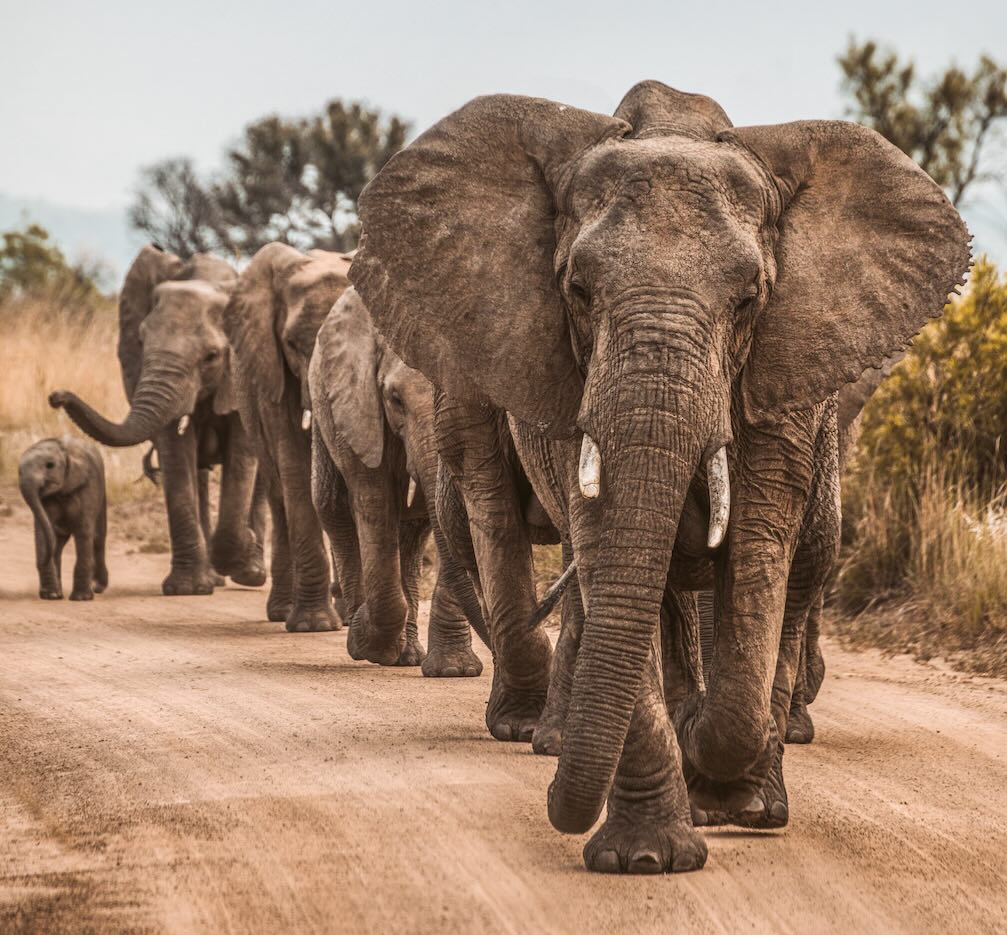
TIMELINE
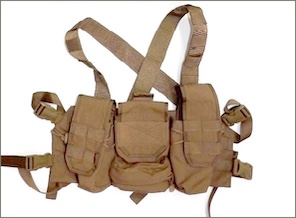
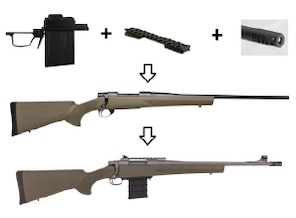
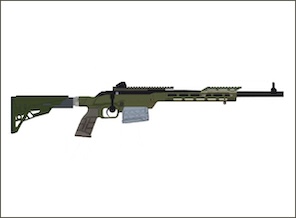
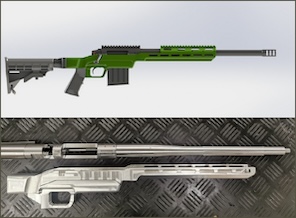
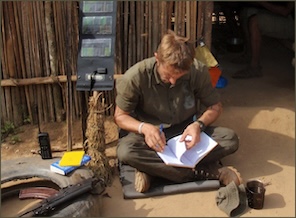
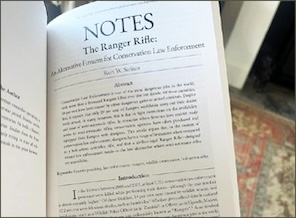
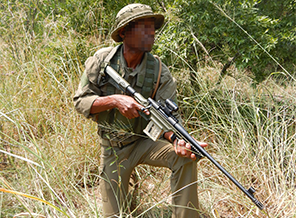
2014
Kurt Steiner, then working in Tanzania, saw that existing webbing for Rangers was either military surplus from 40 years ago, high quality but expensive equipment from the West, or poorly made counterfeits of both. In collaboration with Reiner Neist, then working for Special Operations Research and Development, multiple prototypes of a simple, rugged, and high quality general-purpose chest webbing system were created. Each version was tested for months in various countries and parks, and the feedback used for the next batch. The SAP Rig, now with over 4,000 units across Africa, was born – and the potential for innovative equipment solutions for conservation was proven.
2017
A conservation organisation in Southern Africa asked what firearms they should procure for their Rangers; semi-automatics were problematic in their country, and the threat profile didn’t really justify them anyway. The common approach in these situations had always been to purchase shotguns, but initial research started to highlight problems with these platforms in a conservation setting. The search narrowed down to bolt-action rifles, and a list of requirements started to grow.
2018
A conservation organisation in Southern Africa asked what firearms they should procure for their Rangers; semi-automatics were problematic in their country, and the threat profile didn’t really justify them anyway. The common approach in these situations had always been to purchase shotguns, but initial research started to highlight problems with these platforms in a conservation setting. The search narrowed down to bolt-action rifles, and a list of requirements started to grow.
2019 – 2021
With the large firearms companies unwilling to modify their existing rifles, or to export to Africa, the search shifted to who could build what was required. While initially positive, some manufacturers quoted prices that were far beyond the reach of conservation organisations. Others went as far as producing prototypes, but were unable to go further.
2022
After multiple dead ends, the decision was made to create the Ranger Rifle alone. The manufacturers of individual components were all contacted, and relationships built. Parts were modified, customised, and in some cases invented. Interest started to grow, which helped to drive development further.
2023
The scientific data collected, and the research conducted, for the Ranger Rifle concept was published in the peer reviewed academic journal Armax: The Journal of Contemporary Arms “Steiner, Kurt W. “The Ranger Rifle: An Alternative Firearm for Conservation Law Enforcement”. Vol VIII (2023), No. 2. The Ranger Rifle Mk1 was produced, and initial orders placed. Development continued on supporting systems and training models.
2024
The Mk1 is deployed in central and southern Africa, and feedback is used to develop the Mk2. Further models are developed and released, including a training Ranger Rifle chambered in .22LR, and a spring powered 6mm airsoft model. Conversion kits are requested for existing rifles in various protected areas, including for Mosin Nagant (7.62x54R), as well as a ‘Trail’ rifle chambered in .375 H&H.
